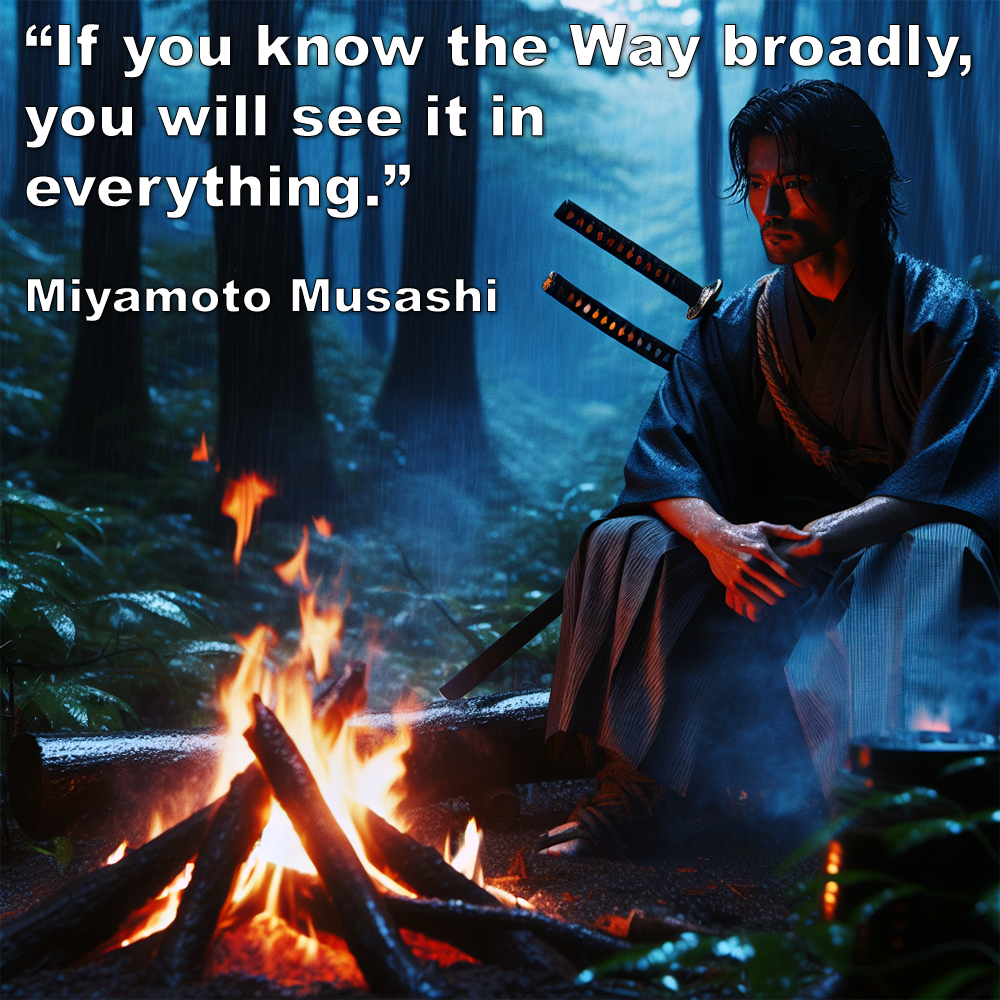
(Approx 1 minute 30 second read)
“If you know the Way broadly, you will see it in everything.” – Miyamoto Musashi
.
Someone commented on one of my articles saying that practical karate people are just looking for moves in MMA to match what they do.
.
Actually, no. That’s the wrong way around. You have to remember which came first.
.
All techniques rely on the same biomechanics and the same weaknesses of human anatomy. Where the arts differ is in their rules, goals, and the context they’re trained for.
.
In competition, the objective is to win. You actively seek out the engagement. In self-defense, the goal is entirely different – you’re trying to end a dangerous situation as quickly as possible. The fight, if it happens at all, isn’t consensual.
.
Yes, there are common techniques across martial arts, but the goals and objectives are vastly different, which means different tactics. That’s why some methods don’t apply universally. For example, if you’re grappling to escape a self-defense situation, you’d want to stay upright when throwing – going to the ground isn’t an option if your goal is to get away. It’s largely the same technique, but the application is different because of the different goals and tactics.
.
Common technique doesn’t mean a common approach.
.
Sometimes, a single motion has several related applications that depend on the context but still rely on the same mechanics.
.
Think of it like language. A single word can have more than one meaning. The word itself doesn’t change, but how it’s used can be entirely different depending on the situation.
.
There’s also this false assumption that any given method can only originate from one place. You hear things like, “That joint lock is from Jiu Jitsu,” or, “That throw is from Judo,” or even, “That movement is from MMA.”
.
Here’s the truth: all these methods may include a common technique. The differences are in emphasis, not invention.
.
So don’t look at history through the wrong end of the telescope. These techniques didn’t “find their way” into karate – they were already there. You just have to dig a bit deeper to see them.
.
.
Written by Adam Carter – inspired by Iain Abernethy
